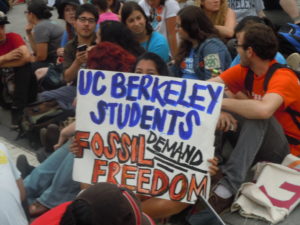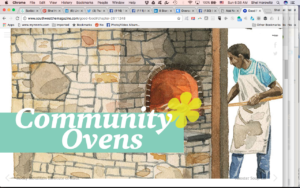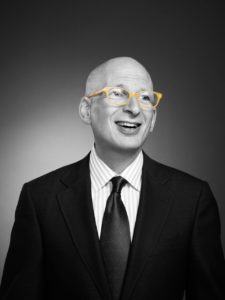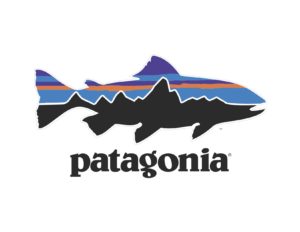A Quick Guide to DT-Watching
The latest nonsense emanating from the keyboard of Our Shameless Tweeter

is a good chance to parse out what he really means when he says or posts something. I’ve watched what he does pretty closely for the past 2+ years, and I’ve spotted some patterns worth sharing. Let’s start with five that show up in this Tweet:
- He blames his failure to act on others
- He deflects by bringing in unrelated issues (DACA, this time)
- When he creates a mess, he blames others—and almost never accepts responsibility or offers a meaningful apology (DACA wasn’t a problem until HE yanked the rug out from under those kids—and oh yeah, it was none other than DT who revoked the Obama restrictions on people with mental illness acquiring guns))
- If he feels criticized, he defaults to bullying or name-calling
- He sees anything connected to Obama as hopelessly tainted
And plenty of others:
- He takes credit when others accomplish something
- He attacks randomly at the first whiff of criticism—lashing out even at those who’d thought of him as a friend or ally—and his wrath extends both to individuals and entire populations (women, people with disabilities, Mexicans, Muslims…)
- Having lived his entire life in extreme monetary privilege, he has zero understanding of the hardships people at the bottom of the ladder endure, and zero empathy for those who endure them
- He loves to waste taxpayer money on grandiose, useless (or even harmful) projects like the border wall , the politically suicidal move of the US Embassy in Israel to Jerusalem, or the massive military parade he demanded recently
- Driven by Id, he acts impulsively, often in direct opposition to the few of his advisors willing to risk giving him honest advice—and doesn’t mind risking a war or other extreme negative outcomes in the international arena
- He acts in a vacuum, without studying trusted journalistic sources or even reading intelligence briefs
- He appoints people with little or no relevant experience and charges them with destroying the agencies they are supposed to run
- He shows no understanding of checks and balances, freedom of the press, the reasons why government officials aren’t allowed to take money from foreign governments, or of constitutional law generally; he seems to think he should have absolute power and that he can use the presidency to enrich his personal fortune
- He has freely borrowed memes and slogans from the most tyrannical and murderous dictators in history (including Hitler)—and emulates Hitler’s rhetoric on issues like the role of the press and suppression of dissent
- He has a long and sordid personal history. Here’s the tip of the iceberg:
- The Washington Post documented an astounding 2140 lies just in his first year of office, or an average of almost six every single day (and hundreds before then)
- He is widely accused of cheating people who did work for him; he’s faced hundreds of lawsuits and mechanics liens alleging failure to pay for services rendered, many resulting either in settlements that paid the plaintiffs or rulings in their favor
- He had to pay $25 million after bilking customers of millions in fraudulent enterprises such as his so-called university, which was nothing more than a lackluster and ineffective three-day course on how to flip houses
- His charity, to which he hasn’t personally contributed funds in over a decade, has been implicated in a long list of unethical behaviors: funding DT’s personal whims (a $20,000 portrait of DT, a $12,000 bit of Tim Tebow football memorabilia), paying to settle some of his lawsuits, leveraging political favors and shady dealings…
- Last in THIS list but certainly not least, he has been accused by at least 20 women, including his first wife, of being a sexual predator (this doesn’t count the many consensual encounters, including the recent disclosures involving Stormy Daniels and other porn stars)—and acknowledged his predatory behavior in the infamous Access Hollywood video
In short, the man has a disgraceful personal reputation as a serial liar, molester, and fraud—before we even look at his terrible handling of domestic and foreign issues as president.
Will someone please write a guide for me now? Please explain how this backstabbing, hypocritical incompetent cheater can still find people who thinks he is doing a good job.









